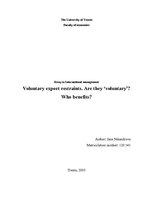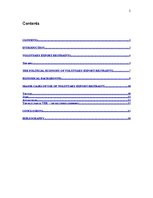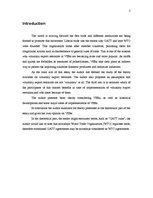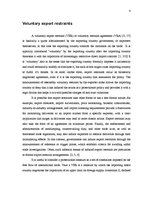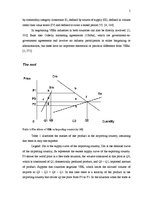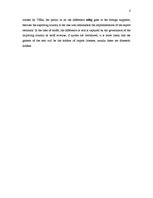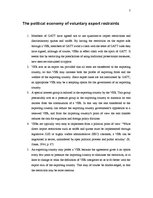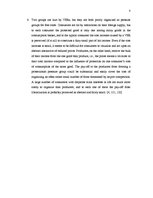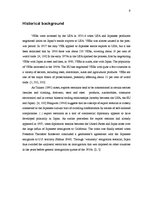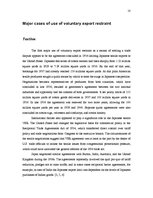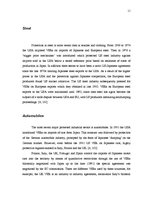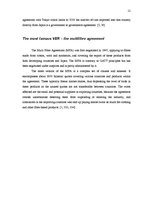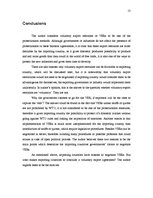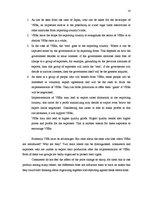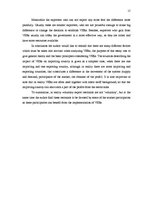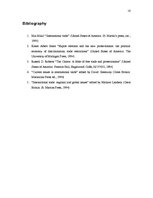| Nr. | Sadaļas nosaukums | Lpp. |
| INTRODUCTION | 3 | |
| VOLUNTARY EXPORT RESTRAINTS | 4 | |
| THE RENT | 5 | |
| THE POLITICAL ECONOMY OF VOLUNTARY EXPORT RESTRAINTS | 7 | |
| HISTORICAL BACKGROUND | 9 | |
| MAJOR CASES OF USE OF VOLUNTARY EXPORT RESTRAINT | 10 | |
| TEXTILES | 10 | |
| STEEL | 11 | |
| AUTOMOBILES | 11 | |
| THE MOST FAMOUS VER – THE MULTIFIBRE AGREEMENT | 12 | |
| CONCLUSIONS | 13 | |
| BIBLIOGRAPHY | 16 |
The world is moving forward the free trade and different institutions are being formed to promote this movement. Liberal trade was the reason why GATT and later WTO were founded. This organization looks after member countries, punishing them for illegitimate actions such as disobedience to general rules of trade. This is one of the reasons why voluntary export restraints or VERs are becoming more and more popular. As tariffs and quotas are forbidden as measures of protectionism, VERs take their place as indirect way to protect the importing countries domestic producers and immature industries.
As the main aim of this essay the author has defined the study of the theory available on voluntary export restraints. The author also proposes an assumption that voluntary export restraints are not ‘voluntary’ at all. The third aim is to estimate which of the participants of this market benefits in case of implementation of voluntary export restraints and who loses because of them.
The author presents basic theory considering VERs, as well as historical development and some major cases of implementation of VERs. …
Referāts par brīvprātīgajiem eksporta ierobežojumiem. Vai tie patiesi ir brīvprātīgi un kurš no tā iegūst.

